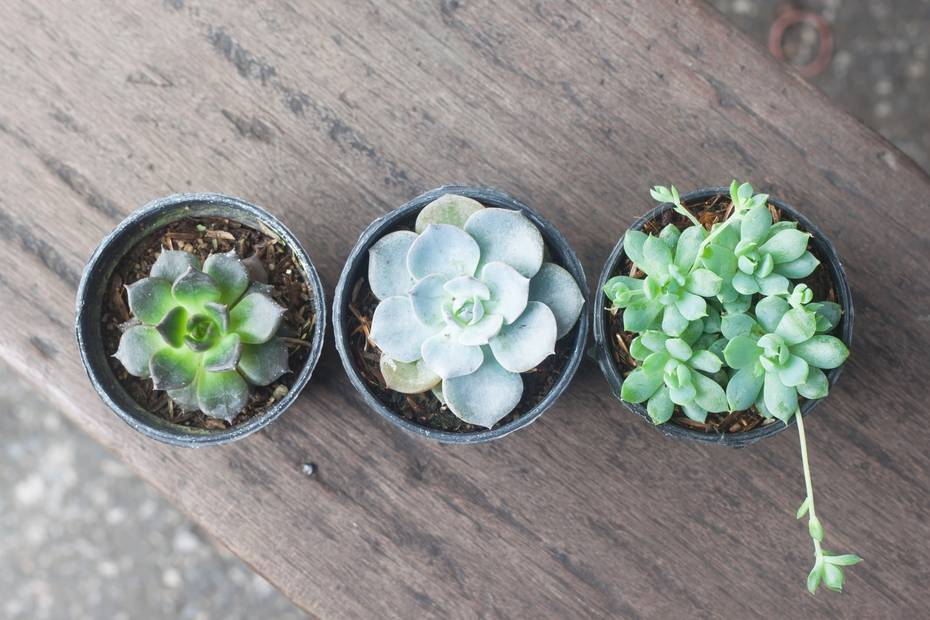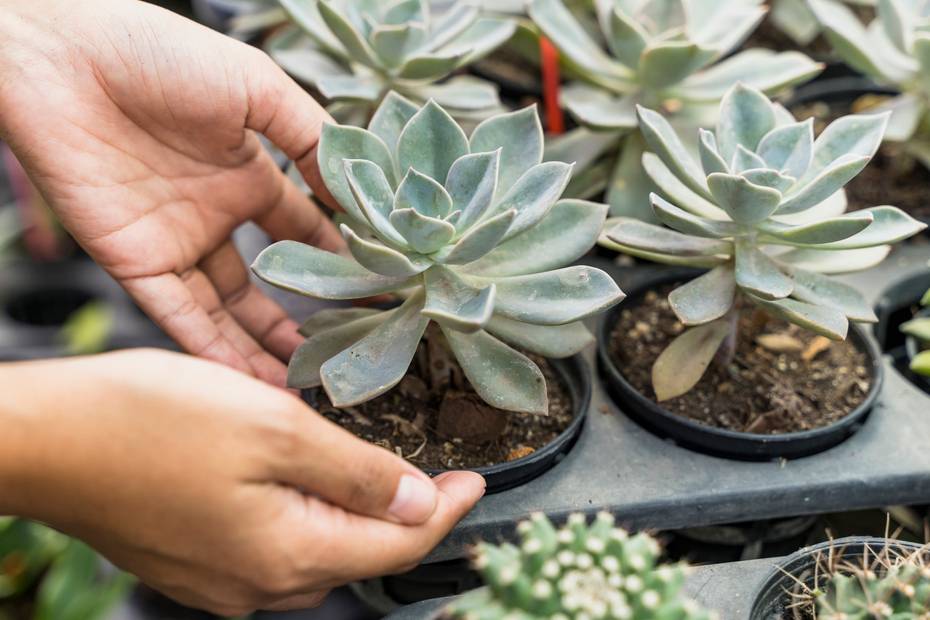14 Cacti and Other Succulent Plants for Your Garden
Succulent plants are a group of plant orders that store water in their fleshy leaves and stems. While cacti are a type of succulent, it’s important to note that not all succulents are cacti—they are not interchangeable terms. In order for a succulent to be classified as a cactus, it must have areoles—small mounds of flesh where the spines, leaves, and flowers grow. Cacti are a subset of the larger group of plants known as succulents. Some plant groups, such as agave and yucca, are often mistaken for cacti but actually belong to different succulent groups.
Due to their ability to store water, cacti and other succulents are typically native to deserts and low-moisture environments. However, these plants can thrive in a variety of environments and make excellent additions to any garden. They come in a range of sizes and forms, from small plants perfect for miniature garden arrangements to large species like the saguaro, which may be too big for most gardens.
Succulents typically have leathery-textured leaves, although not all plants with this feature are considered succulents. Examples of non-succulent plants with leathery leaves include Montauk daisy and bitterroot.
-
Moss Rose
Moss roses (Portulaca grandiflora) are small annual succulents with rose-like flowers. They have fine-textured fleshy leaves and grow between 3 to 9 inches tall. Moss roses bloom throughout the growing season, with neon-bright shades of white, purple, yellow, orange, and white. These plants are well-suited for areas with poor soils and can tolerate full sun and occasional watering. They are also popular in hanging baskets due to their trailing growth habit. Purslane is another type of portulaca, which is an edible weed. -
Hen-And-Chicks
Hen-and-chicks (Sempervivum tectorum) is a mat-forming perennial succulent that produces clusters of rosettes. The parent rosettes are referred to as “hens,” while the smaller rosettes that sprout from them are called “chicks.” This low-growing perennial quickly spreads to 2 feet or more in width and flowers in June and July with reddish-purple blooms. Hen-and-chicks are suitable for USDA hardiness zones 3 to 8. -
Autumn Joy
Also known as stonecrops, sedums are a large group of perennial succulents that can thrive in various environments. Autumn Joy (Sedum spectabile ‘Autumn Joy’) is a larger type of sedum, growing up to 24 inches. It is valued for its clusters of tiny red or purple flowers that appear in September and October. Autumn Joy prefers full sun to partial shade and well-drained soil, making it suitable for USDA hardiness zones 4 to 11. Note that this plant has been recently reclassified as Hylotelephium ‘Herbstfreude’ Autumn Joy and may be referred to as either Sedum or Hylotelephium. -
Frosty Morn Sedum
This perennial sedum cultivar (Sedum erythrosticum ‘Frosty Morn’) features variegated leaves with white tinges on its green foliage. It grows up to 1 foot tall and produces white or pale pink flowers in September and October. Frosty Morn is suitable for USDA hardiness zones 3 to 9 and is an excellent low-maintenance plant. -
Angelina Sedum
Angelina sedum is known for its chartreuse foliage, and it occasionally produces gold flowers in spring. This succulent can be massed together as a groundcover or short perennial border. It thrives in USDA hardiness zones 5 to 8. Note that Sedum rupestre ‘Angelina’ can spread over time and may be somewhat invasive. -
Dragon’s Blood Sedum
Dragon’s Blood sedum (Sedum spurium ‘Dragon’s Blood’) offers various colors depending on the amount of sunlight it receives. It is a mat-forming sedum that grows up to 6 inches and produces pink-red flowers in June and July. Other cultivars include ‘Bronze Carpet,’ ‘Fuldagut,’ and ‘Tricolor,’ which display different foliage colors and flower varieties. Dragon’s Blood sedum thrives in USDA hardiness zones 4 to 9. -
Ice Plant
Ice plant (Delesperma cooperi) is a spreading evergreen succulent that grows to 3 to 6 inches in height. It features glossy red-purple flowers that bloom from June to September. The plant derives its common name from an interesting optical illusion caused by the way light reflects off the tiny hairs on its leaves. Ice plant is suitable for growing in USDA hard






